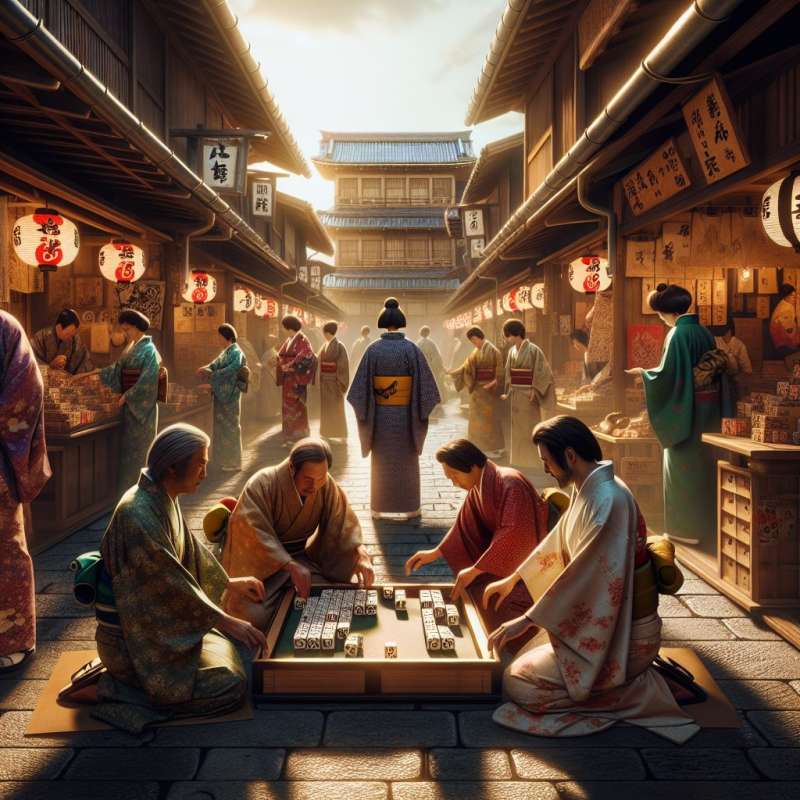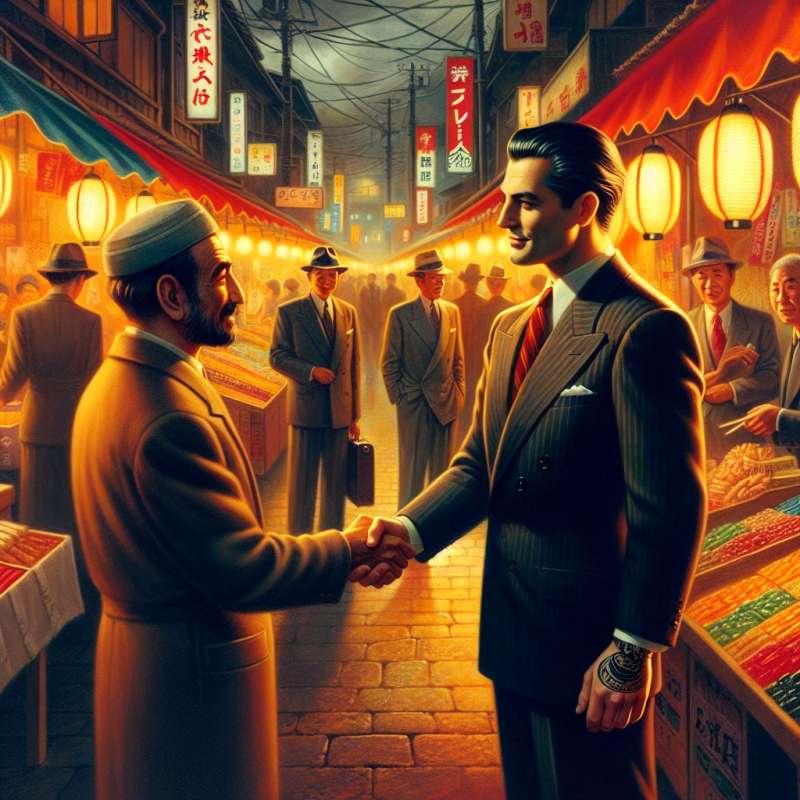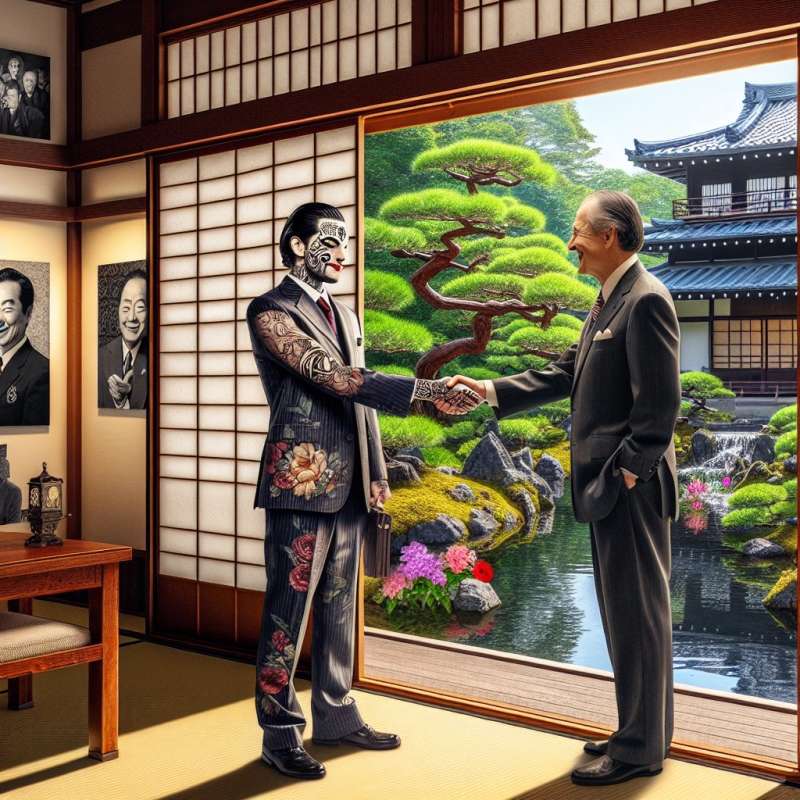
Yakuza: Historical Emergence
The Yakuza's roots trace back to the 17th century with two main predecessors: the machi-yokko (town protectors) and the kabuki-mono (wild ones), groups known for their flamboyance and strict codes of honor.
Edo Period's Social Order
During the Edo period, outcast groups known as 'burakumin', involved in execution, butchery, and tannery, laid the foundation for future yakuza families through their societal exclusion and unique livelihoods.
Gambling and Peddling Origins
Yakuza also evolved from bakuto (gamblers) and tekiya (peddlers), who formed hierarchical, tight-knit groups. These provided mutual assistance and protection in the tumultuous feudal era.
Rituals and Symbolism
Yakuza initiation rituals, such as the sakazuki ceremony, symbolize the deep bonds between members. Their full-body tattoos, irezumi, are both a badge of commitment and a mark of their outsider status.
Post-War Yakuza Expansion
After World War II, the Yakuza flourished amid the chaos, providing black market goods and services. Their involvement in reconstruction efforts significantly expanded their influence and membership.
Yakuza's Political Ties
Historically, Yakuza groups have been intertwined with Japanese politics, offering support to certain politicians or parties in exchange for indirect control and protection of their illicit activities.
Modern Yakuza Challenges
Today's Yakuza face stringent anti-gang laws and declining membership. Despite this, they remain embedded in various aspects of Japan's economy and society, adapting to survive in the modern era.
What were Yakuza's 17th-century predecessors?
Samurai and ninjas
Machi-yokko and kabuki-mono
Shoguns and ronin
Company